It’s More Than Just Dry, Itchy Skin—Here’s What You Need to Know
If your child or you suffer from eczema, you already know it’s not just about itchiness or flaky patches. What many people don’t realize is that harmful bacteria—especially Staphylococcus aureus (staph)—can silently worsen eczema, trigger flare-ups, and make healing harder.
Let’s break down what staph does to eczema-prone skin, why damaged skin is more vulnerable, and how you can build a stronger, healthier skin barrier—starting today.
The Connection Between Staph and Eczema
What is Staphylococcus aureus?
Staphylococcus aureus is a common bacteria that lives harmlessly on the skin for many people. But for those with eczema, it becomes a problem. Studies show that up to 90% of eczema patients have staph colonizing their skin, compared to only 5–10% of healthy individuals (Mempel, 2006).
How Staph Worsens Eczema
1. Damaged Skin Is an Open Door
Eczema weakens the skin’s protective barrier, allowing bacteria like staph to move in. This triggers inflammation, redness, and more itching (Gong et al., 2006).
2. Staph Releases Toxins
These toxins, called superantigens, disrupt the immune system and can make the skin resistant to common treatments like corticosteroids (Leung, 2008), (Skov & Baadsgaard, 1995).
3. It Disrupts the Skin’s Microbiome
Healthy skin has a balance of good bacteria. Staph overgrowth crowds out beneficial microbes, worsening inflammation and dryness (Kobayashi et al., 2015).
4. Linked to Food Allergies
Staph colonization can even increase the risk of food allergies—independent of how severe eczema is (Tsilochristou et al., 2019).
How to Break the Cycle: Smart, Simple Strategies
Strengthen the Skin Barrier
Your #1 goal: Keep the skin barrier intact. Daily moisturizing with a fragrance-free, barrier-repairing cream like Rejûvaskin Skin Recovery Cream replenishes hydration and protects against irritants and bacteria.
Calm Inflammation Without Overuse of Antibiotics
Topical corticosteroids and anti-inflammatory creams reduce staph by healing skin—not necessarily by killing bacteria directly (Pearson, 2008). This helps avoid antibiotic resistance.
Restore the Microbiome
Over-the-counter probiotics for skin are still emerging, but you can support a healthier microbiome by avoiding harsh cleansers, over-washing, and long-term antibiotics.
Practice Smart Skincare
-
Use gentle, pH-balanced cleansers
-
Stick to lukewarm showers under 10 minutes
-
Moisturize immediately afterward (within 3 minutes!)
-
Ask your doctor about bleach baths for severe cases
Bonus Tip for Parents: Try Dream Skin® for Toddlers
If your toddler struggles with eczema, Dream Skin® Eczema Relief Clothing is a game-changer. These soft, breathable garments are made from medically advanced fabric that helps soothe irritation, support hydration, and reduce nighttime scratching—all without steroids or chemicals.
It’s like a gentle hug for sensitive skin, all night long.
Eczema is more than skin deep. Staph bacteria thrive on damaged skin and fuel the flare-up cycle. But with the right knowledge, consistent skincare, and barrier-repairing products, you can protect your skin and finally break the cycle.
Rejûvaskin Favorites for Eczema-Prone Skin
-
Skin Recovery Cream – Hydrates, soothes, and restores the skin barrier
-
Dream Skin® Clothing – Gentle nighttime wear for toddlers
Works Cited
-
Gong, J. Q., Lin, L., Lin, T., et al. (2006). Skin colonization by Staphylococcus aureus in patients with eczema and atopic dermatitis. British Journal of Dermatology
-
Leung, D. (2008). The role of Staphylococcus aureus in atopic eczema. Acta Dermato-Venereologica
-
Mempel, M. (2006). Staphylococcus aureus and Atopic Eczema. Springer
-
Tsilochristou, O., et al. (2019). Association of Staphylococcus aureus colonization with food allergy. The Journal of Allergy and Clinical Immunology
-
Pearson, I. (2008). Infection in eczema. Practice Nursing
-
Kobayashi, T., et al. (2015). Dysbiosis and Staphylococcus aureus Colonization Drives Inflammation in Atopic Dermatitis. Immunity
-
Skov, L., & Baadsgaard, O. (1995). The potential role of Staphylococcus aureus superantigens in atopic eczema. Journal of The European Academy of Dermatology and Venereology
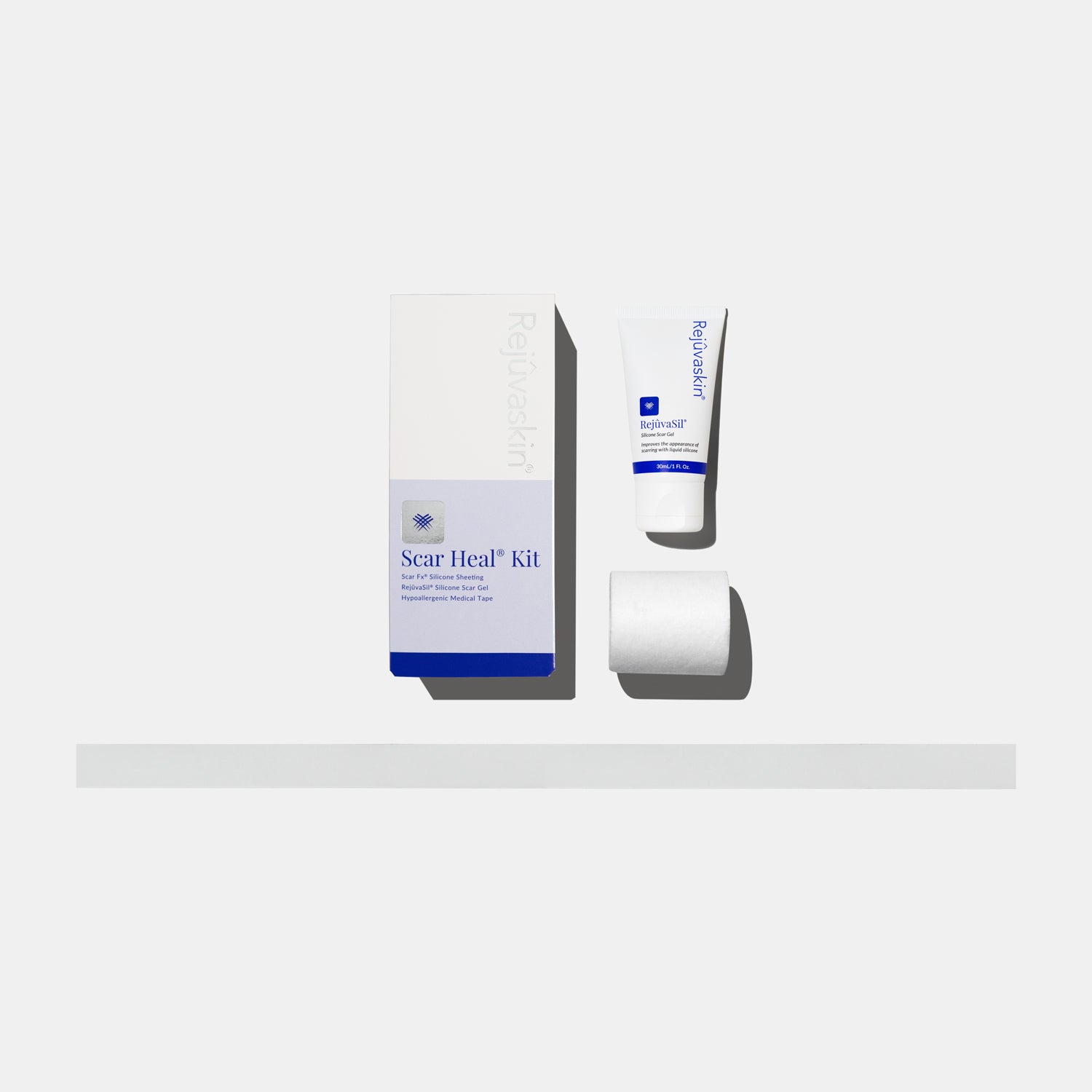



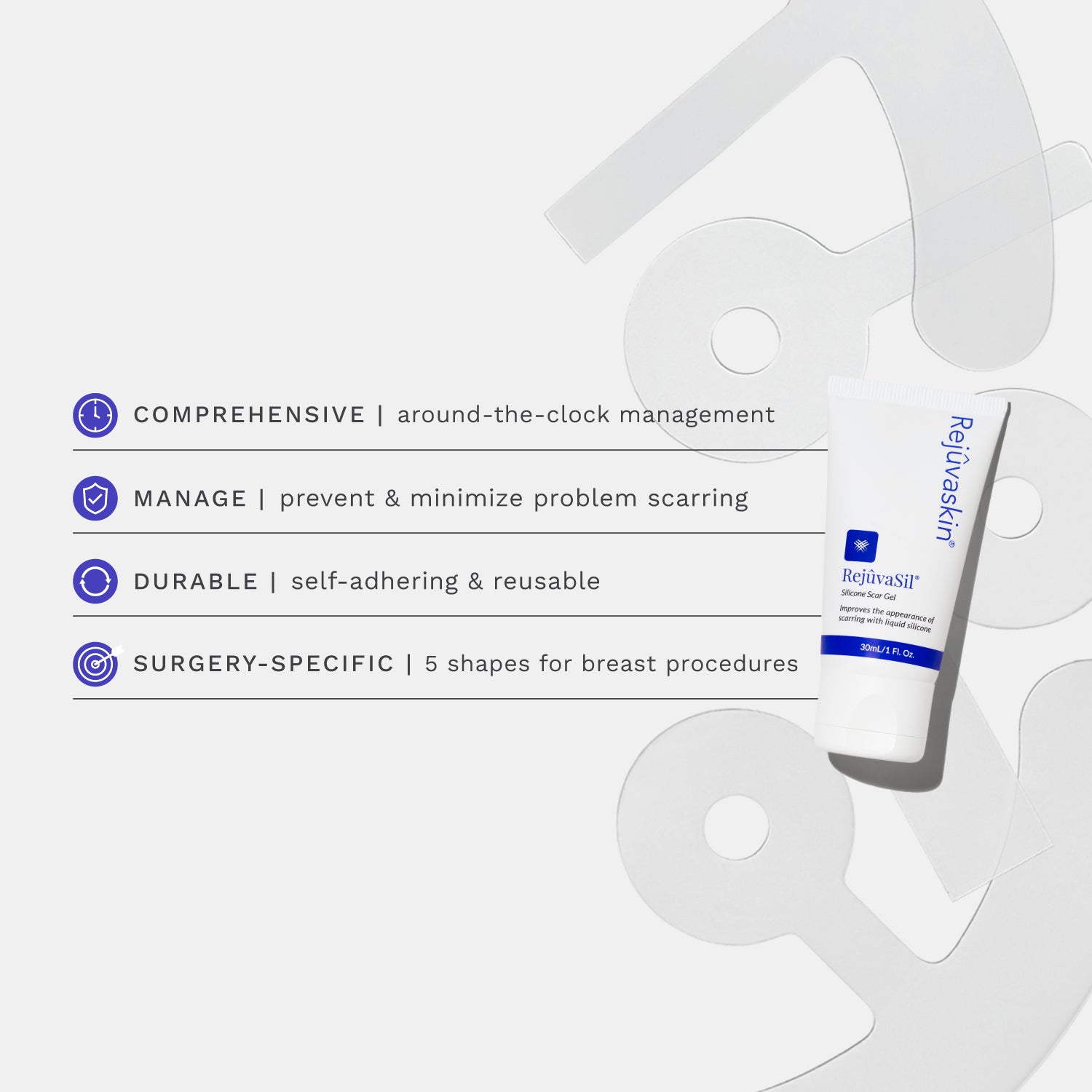

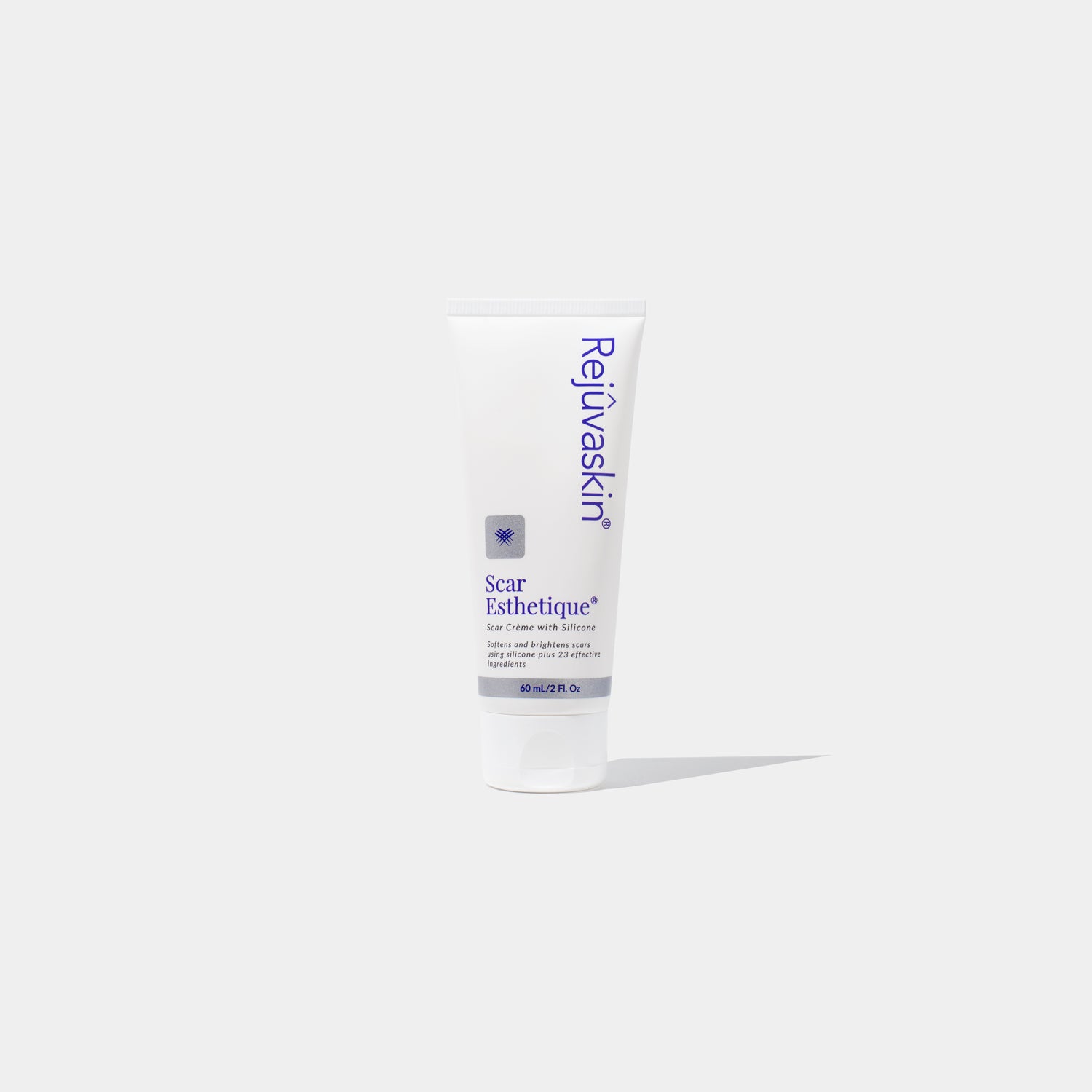
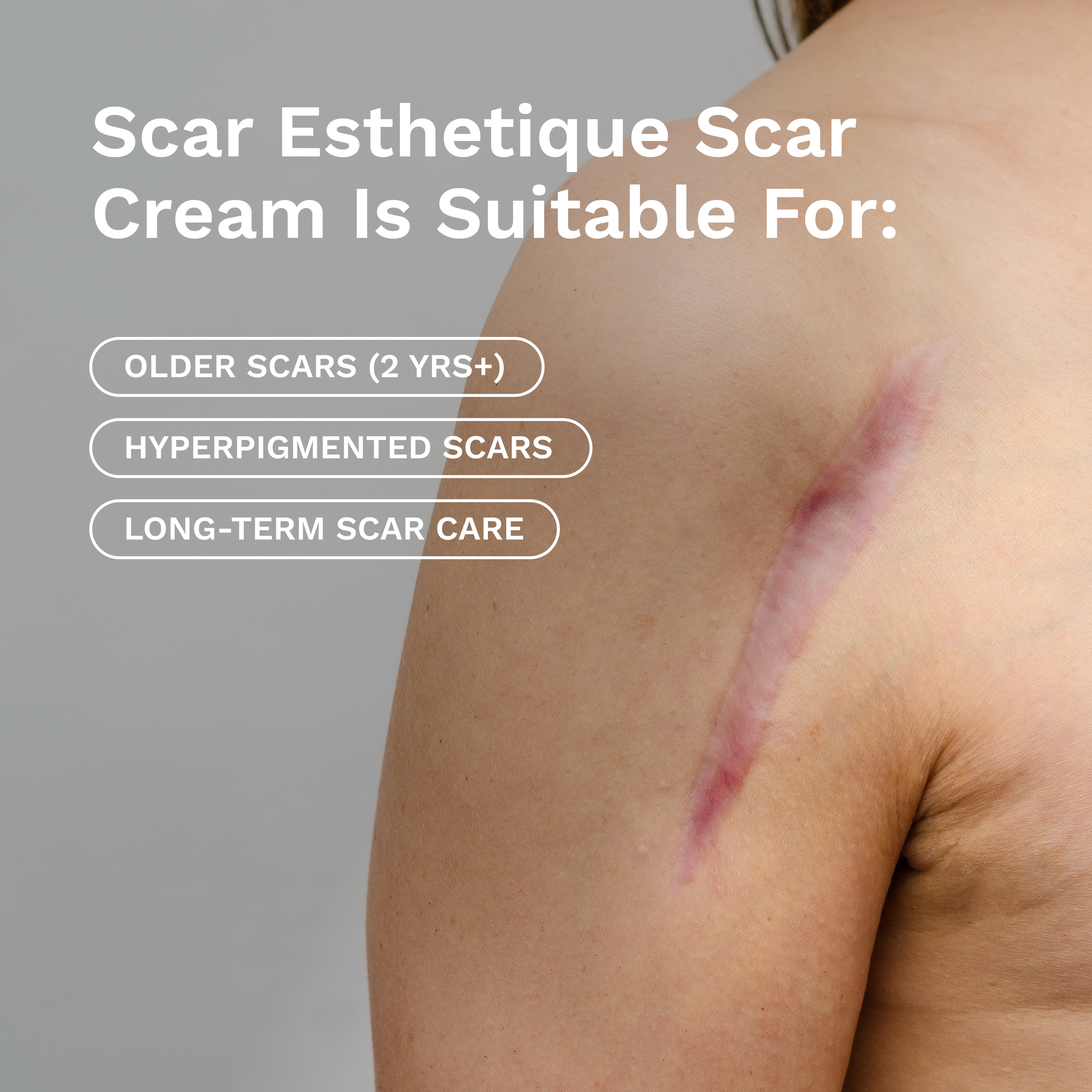








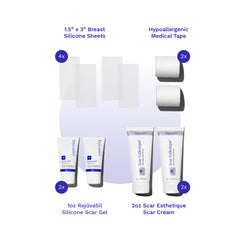
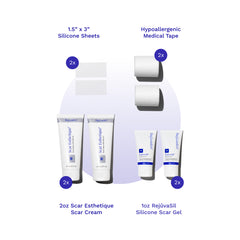

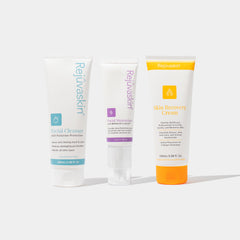
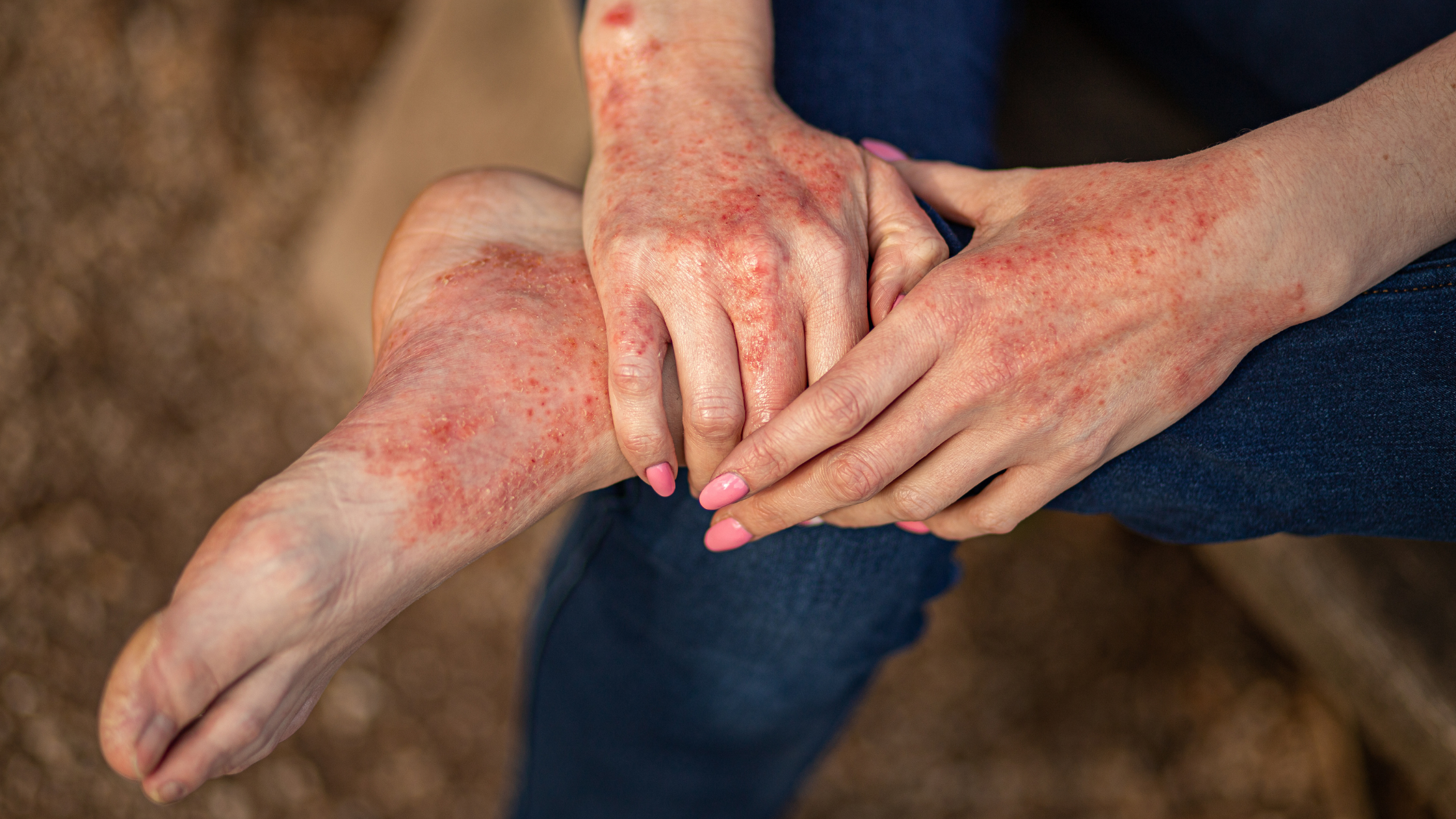
Leave a comment